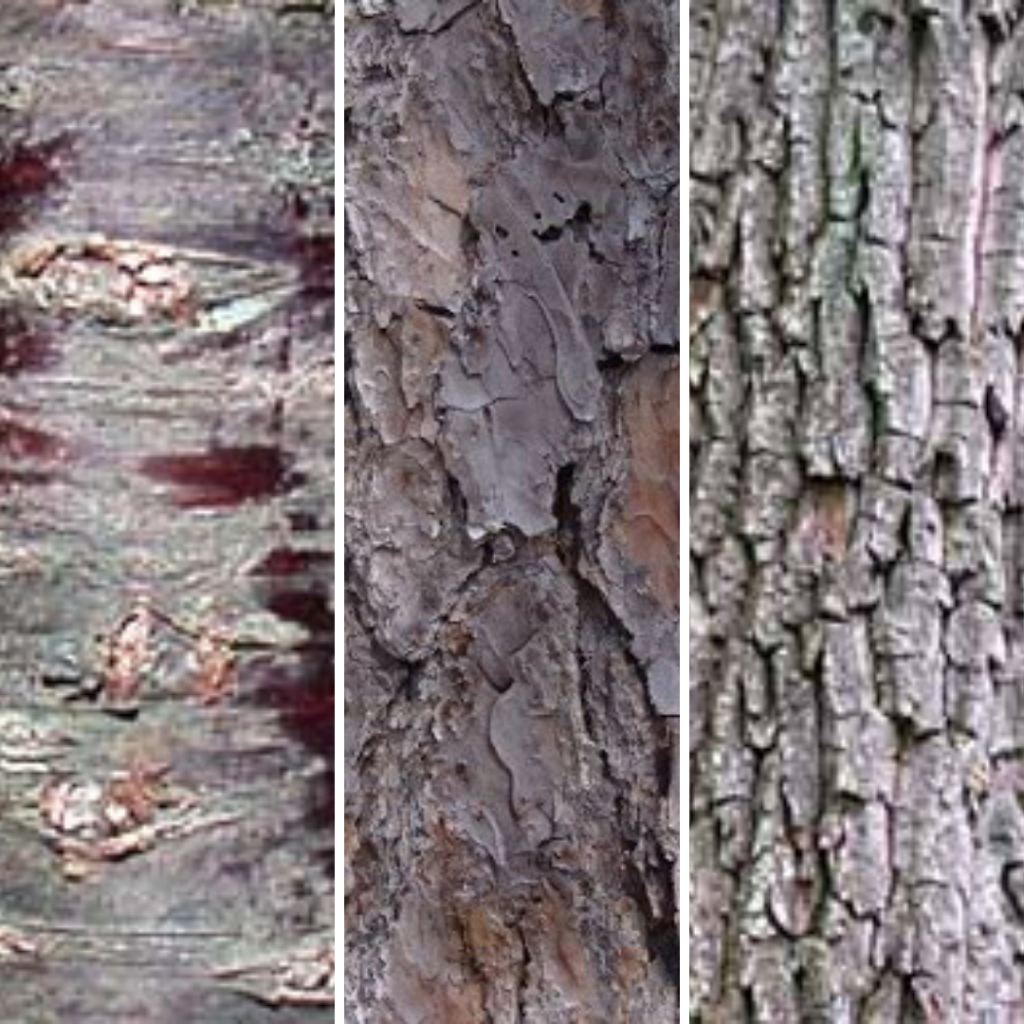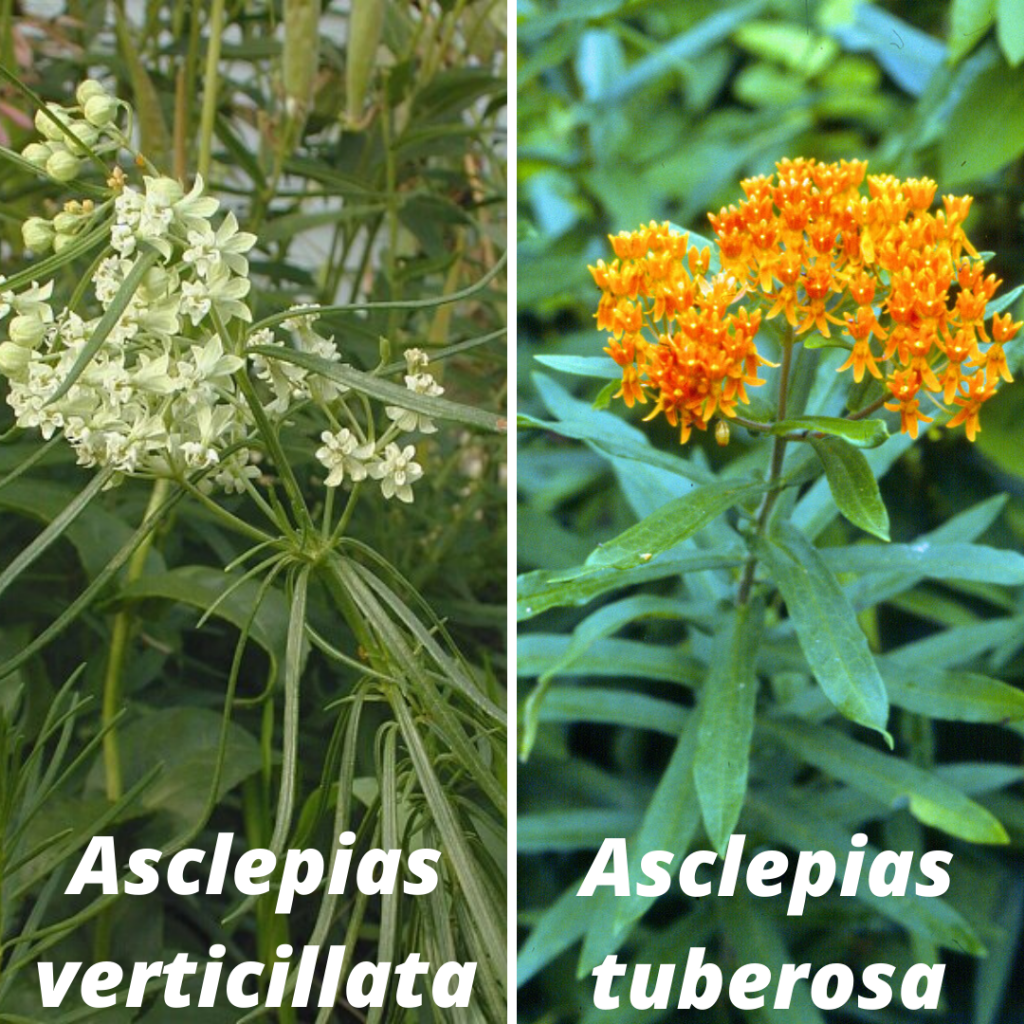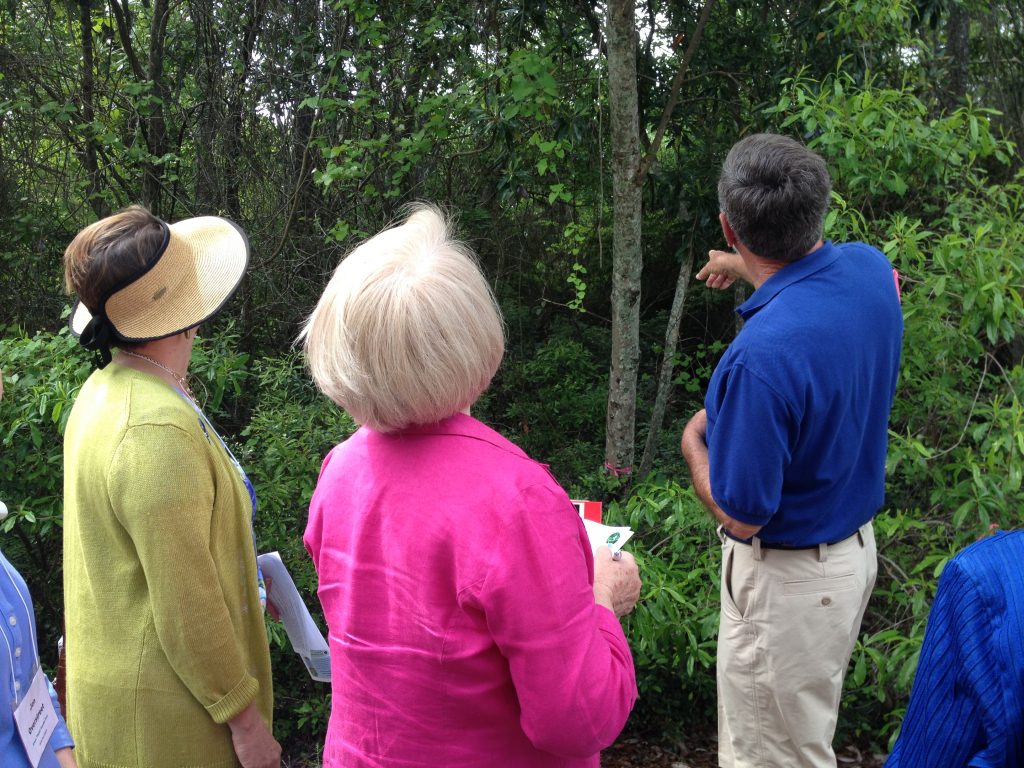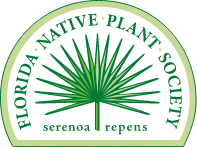Florida is one of the most biologically diverse states in our nation. With every turn of the head, there is something to discover. In a sea of green and brown, how do you distinguish between plants?
Natural Florida is an amazing magical place. Few areas in the nation are more diverse or mysterious.
Craig N. Huegel
Woody or herbaceous? This is the first question to ask before identifying plants. Herbaceous plants have very flexible stems. Their leaves and stems die down to soil level at the end of every growing season. Woody plants are plants with very strong and rigid stems such as trees. Woody plants may lose their leaves (deciduous) or retain their leaves (evergreen).

Shape - Shape is an important factor when identifying plants. Some plants have linear leaves like grasses, while others are lobed like a maple leaf. There are even leaves that trap prey!
Clockwise: Rudbeckia hirta has a simple lance-shaped leaf covered in hairs. Liriodendron tulipifera has a shiny, broad, four-lobed leaf. Sarracenia leucophylla has a cylindrical leaf with a lid to capture prey.

Texture - Texture comes in handy when identifying plants. Some leaves are covered in small hairs, while others are smooth and waxy. Bark can be smooth, flaky, furrowed, or have lenticels.
Left: Prunus angustifolia - Bark having lenticels. Middle: Pinus palustris - Bark is flaky. Right: Oxydendrum arboreum - Bark is deeply furrowed.

Patterns - Patterns are found all over nature, the number of petals on a flower, leaf arrangement, or branch structure. Related plants have similar characteristics for identification and are grouped into "families".
An example of leaf arrangement is found in the genus Asclepias (milkweeds). Asclepias verticillata has whorled leaves, while Asclepias tuberosa has opposite leaves.
Color - Looking for color is a simple way to spot plants. You will observe a change in leaf color or flower blooms from Spring through Fall. Look out for different flowers with unique structures featured below.

Practice - Practice goes a long way when identifying plants. The more familiar you become with the patterns of different plant categories, the easier it will be to distinguish between plants while outdoors.
UF/IFAS Extension - UF/IFAS Extension encompasses thousands of Extension faculty members, scientists, educators, administrative staff, and volunteers, all working to provide solutions for your life. Check out this list of Native Plants for your backyard!
Atlas of Florida Plants - The Atlas of Florida Plants is a joint effort by the Institute for Systematic Botany, the University of South Florida, and the USF Water Institute to provide a comprehensive searchable database of plants in the state of Florida.

Florida Native Plant Society - Promoting the preservation, conservation, and restoration of the native plants and native plant communities of Florida.

Florida Exotic Pest Plant Council - Supports the management of invasive exotic plants in Florida's natural areas by providing a forum for the exchange of scientific, educational and technical information.
iNaturalist CBA Watershed Project
Record your observations, share with fellow naturalists, and discuss your findings!
Add your photos to our CBA Watershed Project!
Instantly identify plants. Accurate, fast and content rich! In addition to description and plant care tips, enjoy beautiful plant pictures around the world.

